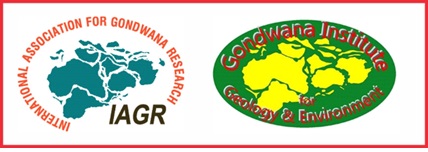The Great 26 December 2004 Tsunami
DOI:
https://doi.org/10.63335/j.hp.2025.0004Keywords:
Tsunami, Earthquake, Natural disaster, Indian Ocean, Warning systemAbstract
Before the occurrence of the 26 December 2004 mega-tsunami caused by the Mw 9.2 Sumatra earthquake, there was no tsunami warning facility in the Indian Ocean, and one depended on the tsunami advisories being issued by the Pacific Tsunami Warning Center and the Japan Meteorological Agency. Many of these issued advisories were later withdrawn, causing a lot of inconvenience to a large population residing along the east coast of India. From a study of past tsunami sources, we discovered that there are only two areas, which can host tsunamigenic earthquakes in the Indian Ocean. This finding was accepted in the 2nd International Coordination Meeting during 14–16 April 2005 for the Development of an Indian Ocean Tsunami Warning and Mitigation System, held at Grand Baie, Mauritius. This provided the foundation of setting up of the Indian Tsunami Early Warning System (ITEWS). Global network of seismic stations permits determination of the location and the magnitude of the earthquake within 5 minutes or so of its occurrence. If an earthquake has a magnitude ≥7 and if it is located within the two identified tsunamigenic earthquake generating areas, there are chances of generation of a tsunami. However, whether a tsunami has been really generated and what is its magnitude cannot be determined, which is necessary to issue appropriate advisories. This issue was resolved by placing ocean bottom pressure recorders in the immediate vicinity of the two regions capable of hosting a tsunamigenic earthquake.
Downloads
Published
Data Availability Statement
Available upon request
Issue
Section
License
Copyright (c) 2025 © International Association for Gondwana Research & Gondwana Institute for Geology and Environment, Japan

This work is licensed under a Creative Commons Attribution-NonCommercial-NoDerivatives 4.0 International License.
CC Attribution-NonCommercial-NoDerivatives 4.0

